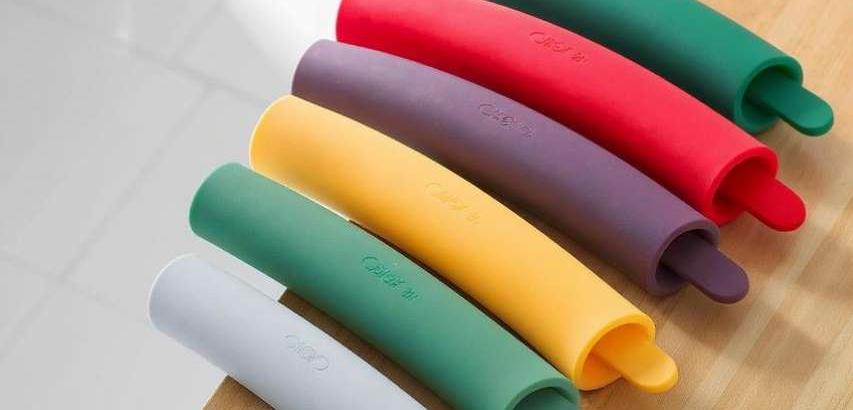Pot Handle Heat Insulation Silicone Covers, often simply called "Pot Handle Holders" or "Silicone Grips," are simple yet indispensable kitchen accessories designed to protect the user's hands from burns when handling hot cookware. They are sleeves or wraps made from food-grade silicone that slide onto or wrap around the handles of pots, pans, skillets, and Dutch ovens.
Primary Purpose and Key Benefits
The core function is burn prevention. Metal, wood, and even some composite handles can become dangerously hot during cooking, especially in ovens or over prolonged stovetop use. These covers provide a reliable thermal barrier.
Superior Heat Resistance: Food-grade silicone can typically withstand temperatures from -40°F (-40°C) to over 450°F (230°C), making it safe for use in the oven, on the stovetop (though not for direct flame contact on the cover itself), and under the broiler.
Secure Grip: Silicone has a naturally non-slip texture. Even with wet or greasy hands, these covers provide a much more secure and confident grip on a pot, reducing the risk of dropping a heavy, hot dish.
Versatility: They are not limited to pots. They can be used on bakeware handles, the handles of grill pans, and even as a grip for lifting hot lids.
Damage Protection: They act as a cushion, protecting delicate countertops, glass stovetops, and the cookware itself from scratches and dings that can occur when setting down a heavy metal-handled pot.
Hygiene and Safety: Unlike a traditional kitchen towel or potholder, which can absorb moisture, grease, and bacteria, silicone is non-porous, easy to clean, and doesn't harbor odors or pose a fire hazard if it accidentally touches a flame.
Material and Design Features
Food-Grade Silicone:
This is a high-quality, non-toxic, and inert material. It does not react with food or release harmful chemicals, even at high temperatures.
It is flexible, durable, and retains its shape and properties over a wide temperature range.
Many are reinforced with fiberglass or other heat-resistant materials inside the silicone layers to provide extra insulation and structural integrity, preventing the cover from collapsing or transferring heat when holding very heavy pots.
Design Variations:
Slip-On Covers: These are tubular sleeves that are permanently or semi-permanently slid onto the handle. They are always there when you need them but may not be suitable for handles with large or unusual end caps.
Wrap-Around Covers (Hook-and-Loop or Magnetic): These are more versatile. They wrap around the handle and secure with a heat-resistant Velcro (hook-and-loop) strap or a magnetic clasp. This allows them to fit a wider variety of handle shapes and sizes and makes them easy to remove for cleaning or transferring between different pots.
Integrated Mitts: Some are designed as a small, fingerless mitt that you slip your hand into, which is then attached to the handle.
Aesthetic Considerations:
Silicone covers are available in a vast array of colors and patterns, from solid, modern hues to vibrant, whimsical designs. This allows them to double as a way to personalize and brighten up the kitchen.
How to Use Them Effectively
Correct Placement: Ensure the cover is fully seated on the part of the handle you intend to grip. For long handles, some covers are designed to cover the entire length.
Check for Oven-Safety: While the silicone itself is oven-safe, any non-silicone components (like the hook on a Velcro strap) may have a lower heat tolerance. Always check the manufacturer's specifications before placing a covered pot into a very hot oven.
Inspect Regularly: Over time and with extreme heat exposure, silicone can become brittle or discolored. Regularly inspect your covers for any signs of cracking, tearing, or degradation.
Be Aware of Limitations: The cover only protects where it is placed. Be mindful of other hot parts of the cookware, such as the lid, the side of the pot, or any exposed metal parts of the handle near the pot's body.
Limitations and Considerations
Not for Direct Flame: The silicone cover should not be placed over an open gas flame, as it can melt or burn.
Heat Transfer: While highly insulating, extremely high temperatures (e.g., from a pot that has been in a 500°F/260°C oven for an hour) can eventually cause heat to transfer through. It's always wise to test with a quick touch or use an oven mitt for extra caution with very heavy, very hot items.
Fit and Compatibility: Not all covers fit all handles. A cover that is too loose can slip, and one that is too tight may be difficult to put on or could deform over time.
The Pot Handle Heat Insulation Silicone Cover is a testament to how a simple, low-tech solution can dramatically improve kitchen safety and convenience. By providing a reliable, heat-resistant, and non-slip grip, it reduces the risk of burns and spills, making the process of cooking and serving safer and more enjoyable. Its durability, ease of cleaning, and aesthetic appeal make it a small but invaluable upgrade to any cook's toolkit, effectively replacing the often-soggy and potentially hazardous kitchen towel for one of the kitchen's most common tasks.
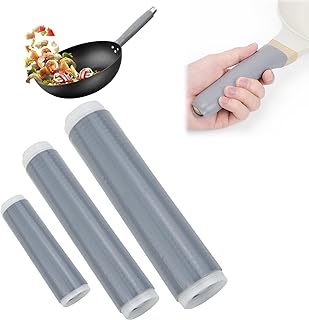 | 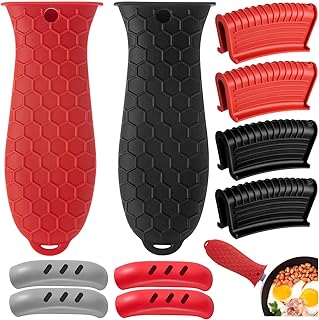 |  |
 | 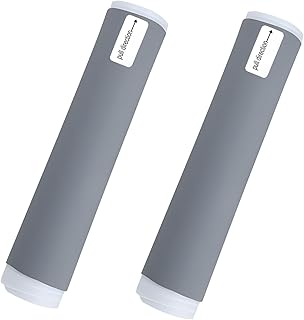 | 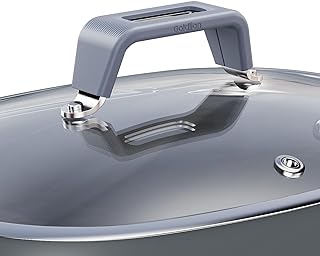 |
